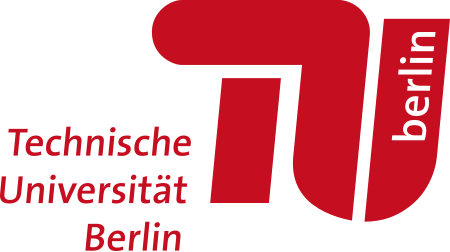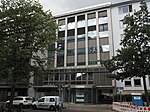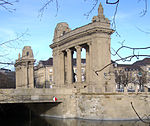Technical University of Berlin

The Technical University of Berlin (official name both in English and German: Technische Universität Berlin, also known as TU Berlin and Berlin Institute of Technology) is a public research university located in Berlin, Germany. It was the first German university to adopt the name "Technische Universität" (Technical University).The university alumni and professor list includes several US National Academies members, two National Medal of Science laureates and ten Nobel Prize winners.TU Berlin is a member of TU9, an incorporated society of the largest and most notable German institutes of technology and of the Top International Managers in Engineering network, which allows for student exchanges between leading engineering schools. It belongs to the Conference of European Schools for Advanced Engineering Education and Research. The TU Berlin is home of two innovation centers designated by the European Institute of Innovation and Technology. The university is labeled as "The Entrepreneurial University" ("Die Gründerhochschule") by the Federal Ministry for Economic Affairs and Energy.The university is notable for having been the first to offer a degree in Industrial Engineering and Management (Wirtschaftsingenieurwesen). The university designed the degree in response to requests by industrialists for graduates with the technical and management training to run a company. First offered in winter term 1926/27, it is one of the oldest programmes of its kind.TU Berlin has one of the highest proportions of international students in Germany, almost 27% in 2019.In addition, TU Berlin is part of the Berlin University Alliance, has been conferred the title of "University of Excellence" under and receiving funding from the German Universities Excellence Initiative.
Excerpt from the Wikipedia article Technical University of Berlin (License: CC BY-SA 3.0, Authors, Images).Technical University of Berlin
Dovestraße, Berlin Charlottenburg
Geographical coordinates (GPS) Address External links Nearby Places Show on map
Geographical coordinates (GPS)
| Latitude | Longitude |
|---|---|
| N 52.511944444444 ° | E 13.326388888889 ° |
Address
Technische Universität Berlin (TU Berlin)
Dovestraße
10587 Berlin, Charlottenburg
Germany
Open on Google Maps







